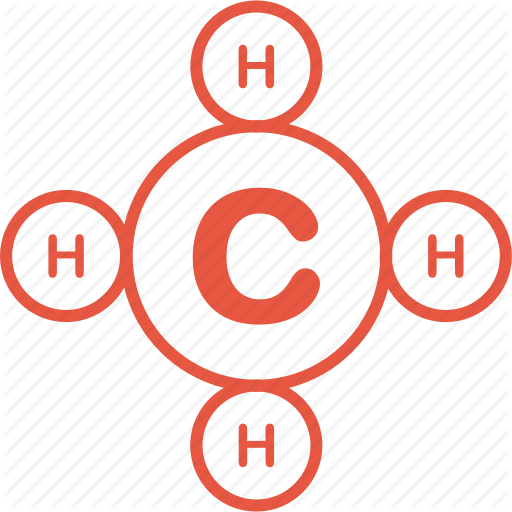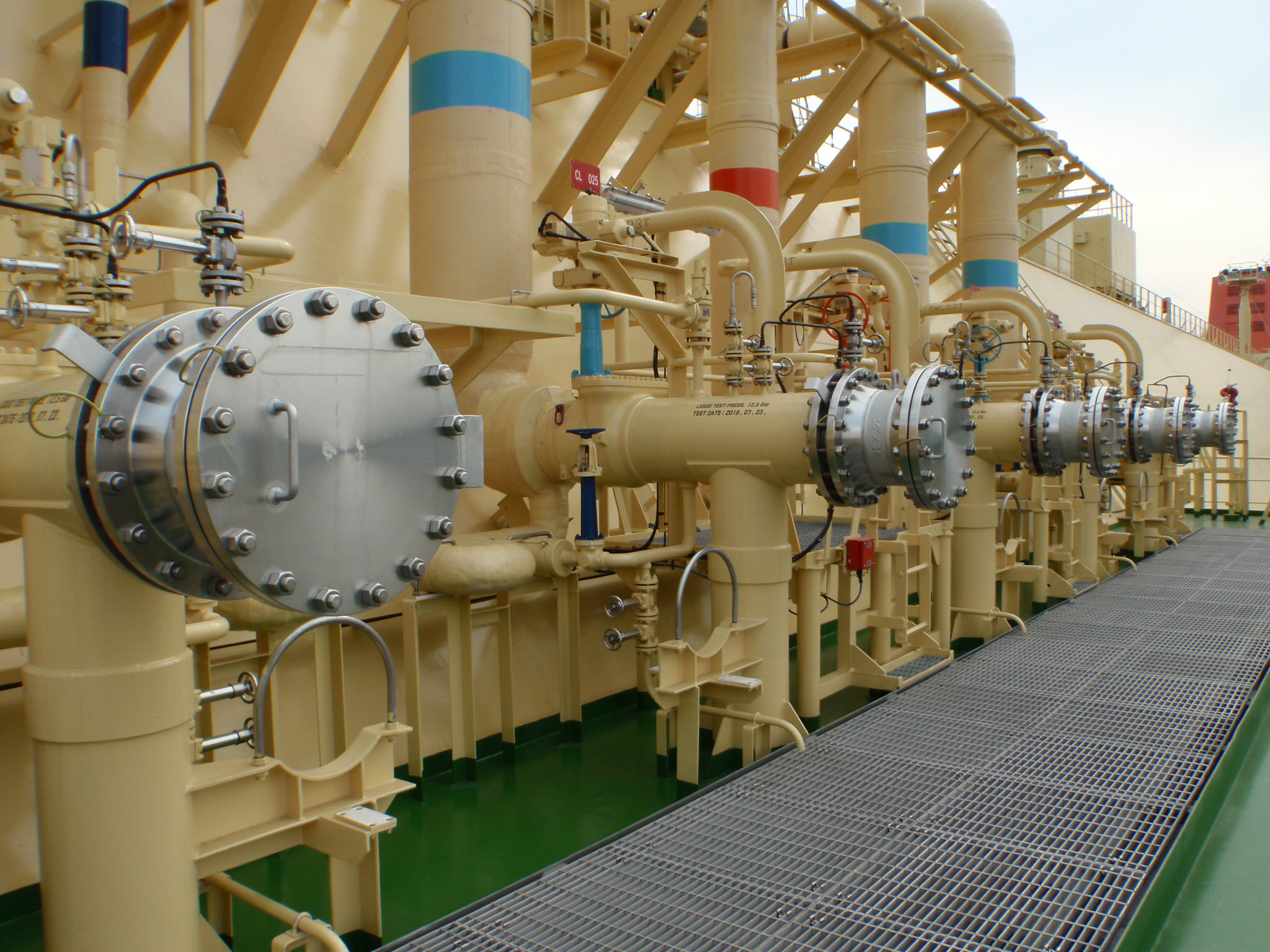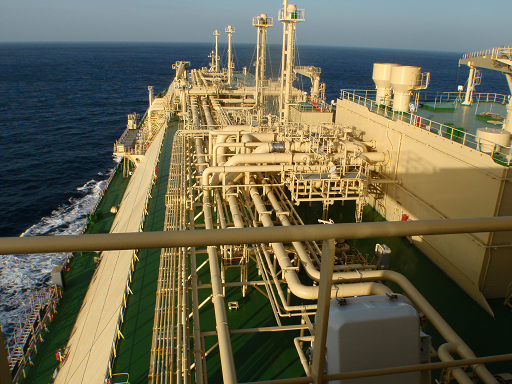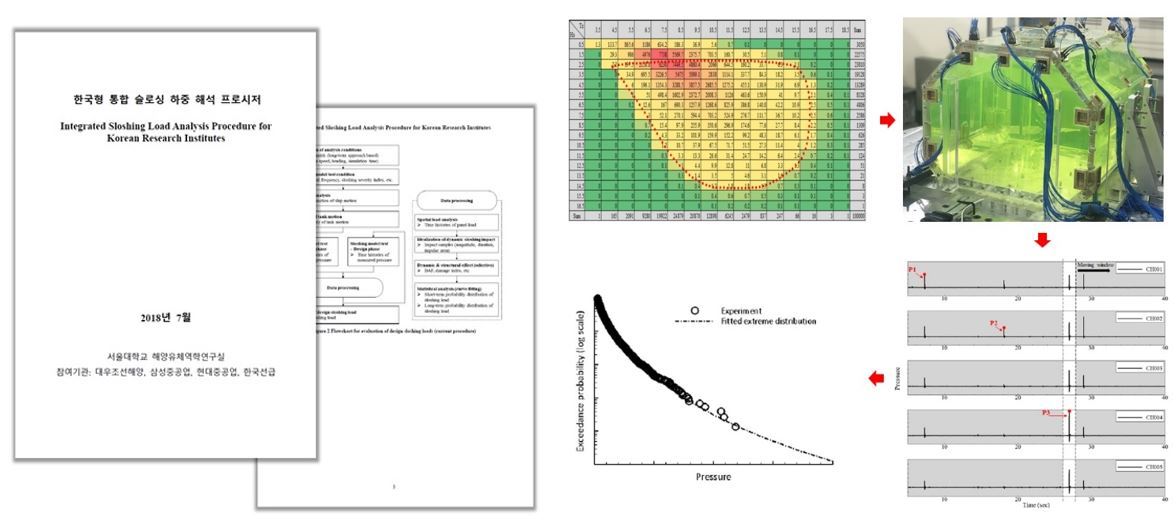LNG
What is LNG?
Generally, natural gas means the naturally occurring inflammable gas, of which the main ingredient is hydro-carbon, Methane (CH4) forms the highest proportion in LNG - generally the larger the molecule, the smaller the percentage volume. Natural gas is condensed into a liquid at close to atmospheric pressure by cooling it cryogenically (to about -162℃). LNG is highly flammable and exposure would cause an accident, as a result, LNG carriers (LNGC) have been developed to be technologically complex, highly specialized ships.

Expansion of LNG production and increase of LNGC
LNG production sharply increased following the shale revolution, the largest energy revolution in 21st century. Shale gas has made America transition from an importing country to an exporting one, furthermore America’s multilateral trade has seen demand for LNGC steadily increase.

Registered LNGC in KR
KR is trusted Class society, with more than 30 years of LNGC survey experience.Today the society surveys 35 registered LNGCs (2020.01.01), a number that will increase when the vessels being surveyed during construction go into operation.

Researching and development work for LNGC
KR is not complacent, we are working on a range of projects and research in conjunction with Korean shipyards, to provide a range of expert options and choices for LNGC shipowners.
It is well known that sloshing is one of the key technical issues for LNG Cargo Containment Systems (CCS). Various approaches can be used to estimate the sloshing load, but due to the strong nonlinearity of the sloshing phenomenon, the model test is accepted as the most reliable approach.
Most classification societies have their own test-based procedure to estimate design sloshing load. KR has established an “Integrated Sloshing Load Analysis Procedure for Korean Research Industries” working with Korean research institutes (SNU, DSME, HHI, SHI). It complies with both the classification societies guidelines and Korean industrial processes, and offers a way to validate and improve on established procedures, the validation test is now underway.
KR signed a MOU with Hyundai Mipo Shipyard to develop small and medium size LNGC incorporating B type cargo tanks. The B type tank offers a better use of space than a C type tank which is generally better suited to small size LNGC. The B type tank therefore allows the shipowner to increase cargo load capacity and freight income.
KR has amended its existing structural rules for membrane type LNGC and developed new rules that apply the EDW (Equivalent Design Wave) concept. Based on this, KR signed an MOU with the Korean shipyard with the best LNGC construction skills to develop 170K membrane type LNGC key plans. Through this project, we will develop a KR mother ship plan for membrane type LNGC for each Korean Shipyard, and will provide more an extensive range of options for ship owners.





